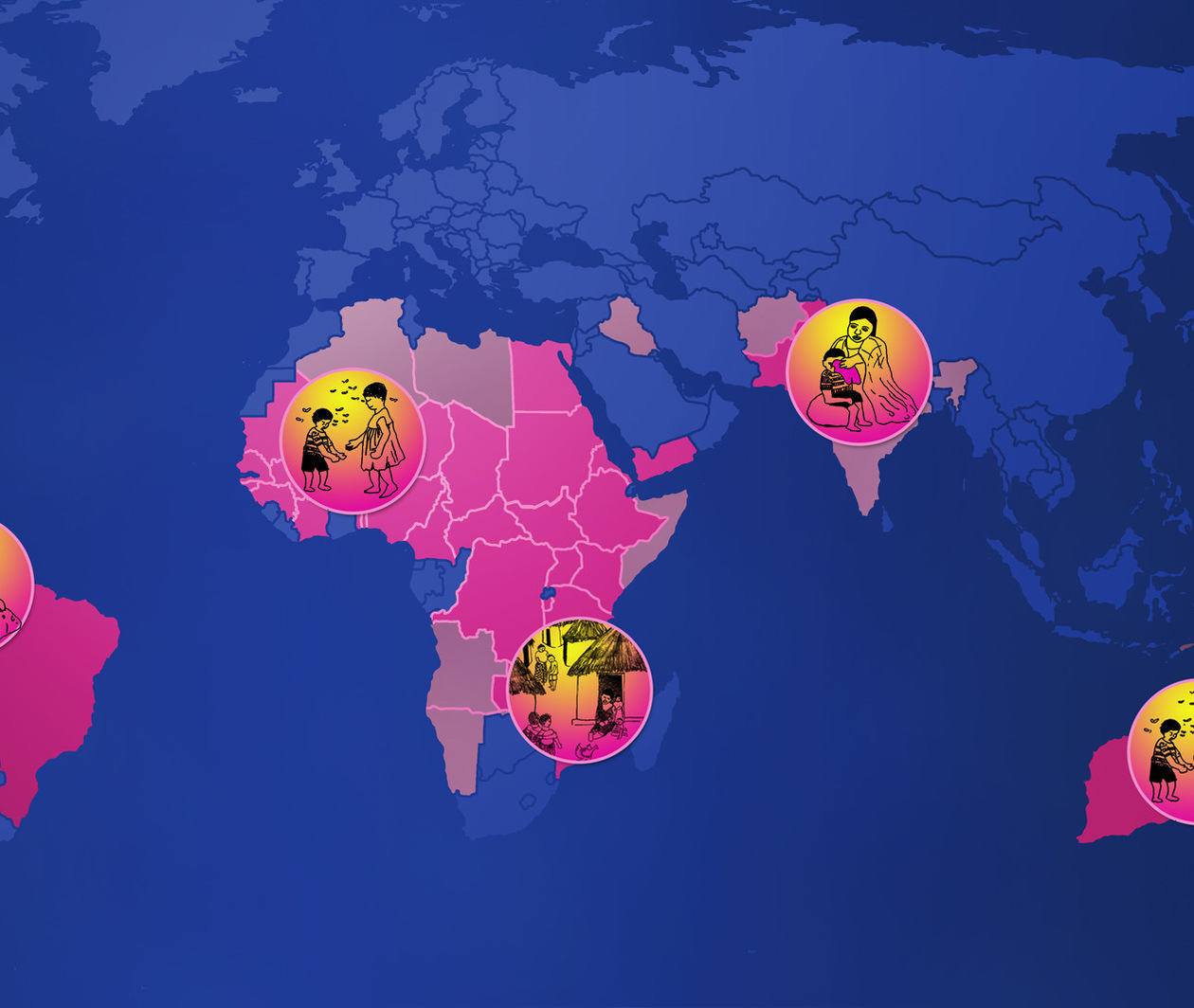Skip to 0 minutes and 13 seconds Trachoma is an old disease. It’s been recognized for thousands of years as a cause of blindness in people. It’s a horrible way to go blind. Socioeconomic development resulted in trachoma’s disappearance from Europe and North America in the 1900’s but it continues today in the poorest families of the poorest communities in the world. We now have the tools and the knowledge of where trachoma causes blindness to be able to confidently plan for its elimination as a public health problem by the year 2020. We have a global district-by-district map that is nearly 100% complete, and an intervention strategy known as the SAFE strategy, that’s proven to reduce disease prevalence. That strategy has four components. Surgery, Antibiotics, Facial cleanliness, and Environmental improvement.
Skip to 1 minute and 5 seconds This course will give you details about each of those components, and a lot more.
Skip to 1 minute and 12 seconds Implementation of the SAFE strategy in endemic countries like Ethiopia can only be done through a team approach and strong involvement of the affected communities. On reaching these remote, and often underserved communities, we need to build a relationship to deliver surgical and medical treatment, but also to advance the local access to water and improved sanitation. Engagement with political leaders and community elders, and the empowerment of women, is crucial for the success of trachoma control. And coordinating from village, to national, regional, and global level, provides us with a real opportunity to eliminate blinding trachoma by the year 2020. Trachoma is linked with the launch of a thousand hospitals, including the famous Moorfields Eye Hospital here in London.
Skip to 2 minutes and 11 seconds This practical course is for everyone involved or interested in delivering health services to eliminate blinding trachoma in the 51 most affected countries. The content is focused on the action that needs to take place at the local community level. Over five weeks, we cover essential topics such as - mapping trachoma to identify the affected communities. - Once we know this, how to implement SAFE strategies at that community level. - And finally, the steps to know we are on the right track to validate and certify successful trachoma elimination. Throughout the course, we use a variety of learning tools and provide opportunities to interact and learn through online conversations with peers and educators from all around the world.
Skip to 3 minutes and 10 seconds On behalf of people living in endemic communities please let me thank you for taking the time to start this course and urge you to complete it. I really hope that you find it useful.

